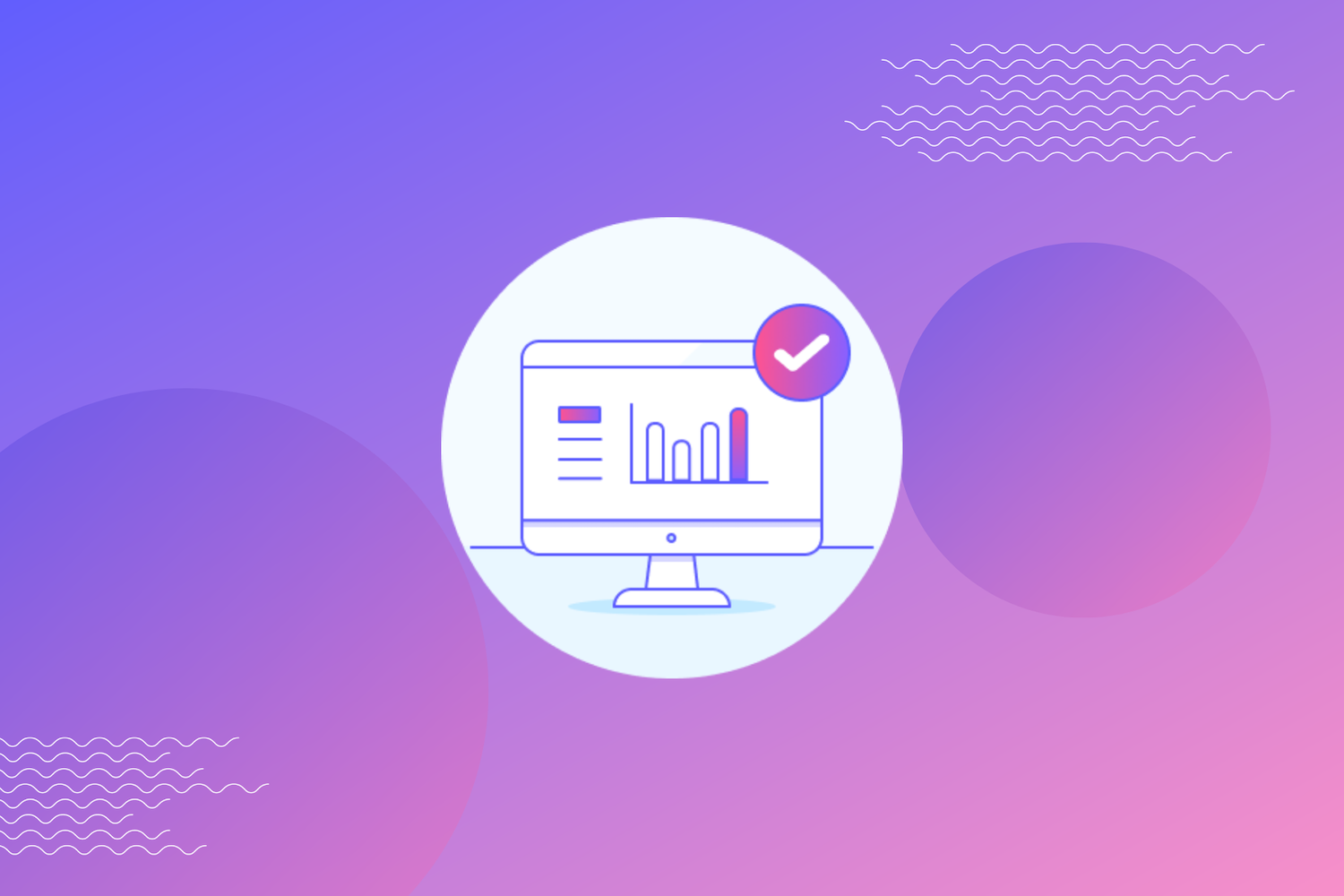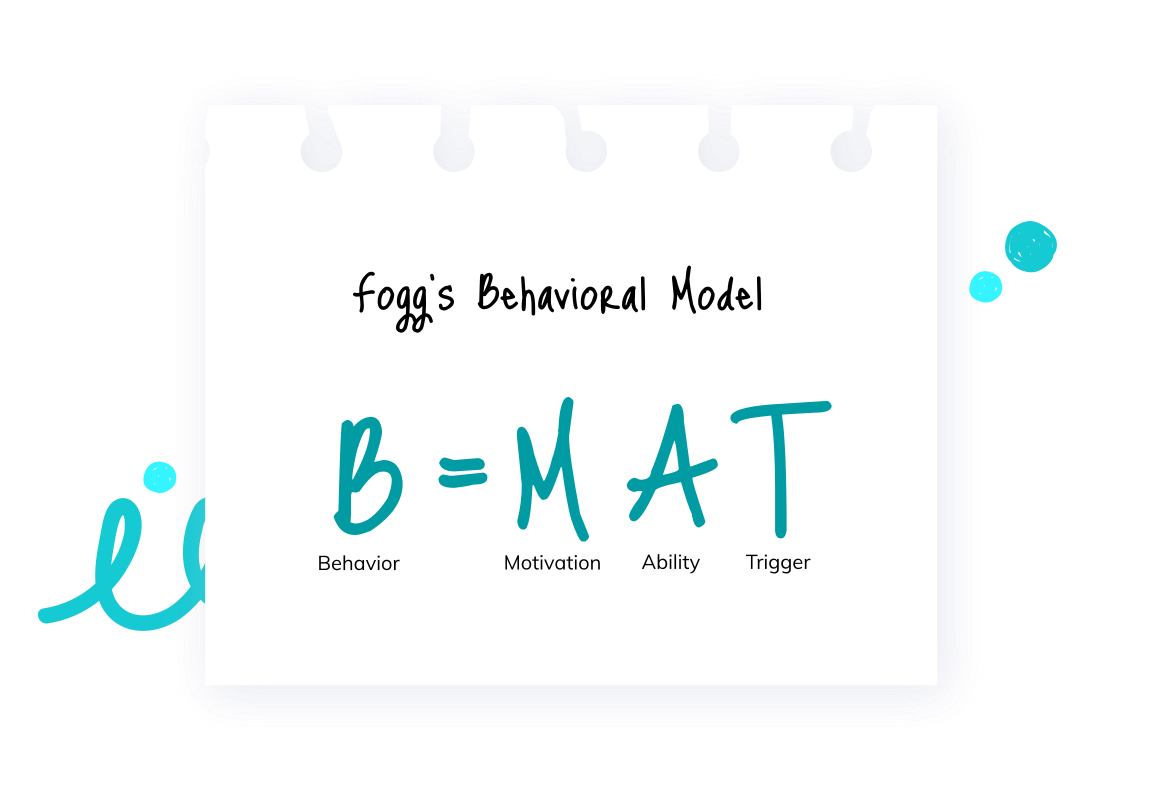How value-first onboarding creates growth loops for your customers (and your business)

.png)

.png)
First impressions matter. It's true for people—and equally valid when integrating a new piece of software into your tech stack.
The initial onboarding period is a crucial make-or-break moment for your organization. It could mean the difference between them becoming long-time customers or churning immediately after their contract is up. According to statistics from Wyzowl, 86% of people say that a quality onboarding experience makes them far more likely to stay with a company.
After years spent working on onboarding and activation for brands like Postscript, Wistia, and Appcues, Andrew Capland and his teams tested and tried just about every tool, framework, and delivery method you can think of—and one stood out.
Capland calls it “value-first onboarding.” It's an approach that starts with understanding what's most valuable to your new users and then getting them from 0 to value as quickly and efficiently as possible.
Here’re some of the main points from Capland’s course, available now over on the Product Adoption Academy.
Do you know what success looks like for your users?
Customers don't buy software just because that tech budget is burning a hole in their pocket. (Presumably.)
Similar to how you'd hire Liam Neeson for a particular set of skills, your customers hire your software product to solve specific problems. That, in a nutshell, is the value we're talking about when we refer to value-based onboarding.

The time it takes users to get to that value, though, varies from product to product.
A B2C app might present a relatively short time period to reach that value. A new subscriber to Dropbox can have their files backed up to the cloud within minutes. But more complex applications, especially those in the enterprise space, might require anywhere from weeks to months for users to reach a semblance of actual value.
That's why finding your product's activation moment is essential.
The first and most crucial step in value-based onboarding is being able to clearly identify the value moment for your product—and when exactly it's delivered. This is the "activation moment," or the moment where, like in the above Dropbox example, your new user experiences the full value of your product for the first time.
Once you've identified the activation moment and how long it takes to reach it, you can work backward to define the other relevant milestones for your customers on this journey.
Begin by tracking your organization’s time-to-value (or time-to-activation) for every new account to figure out your product’s baseline. Results will vary, but it’s important to know where you’re starting so you can measure changes over time.
Like in Monopoly, do not pass go until you’ve figured this out. From here, reducing time to value starts with eliminating the things that are standing in the way.
Now that you know your key onboarding metric, you can understand what’s driving users toward success or not. From there, it’s a matter of making that time-to-value number as small as possible.
Value-first onboarding is ultimately a game of building momentum. Here’s why: your users aren’t faceless machines (hopefully). They’re people. If the learning curve is too steep or they don’t feel like they’re getting anywhere, they’re going to give up. That’s why you need to understand exactly where the friction points are in your onboarding process.
The best way to build momentum in the onboarding process is by removing the roadblocks in your users’ way. These momentum killers can generally be grouped into 3 major buckets.
Obviously, it’d be wonderful to get all your users’ important information up front, allowing you to parlay all of that valuable customer data into a well-oiled lifecycle marketing machine.
When it comes to onboarding, though, this is often the wrong approach.
Asking for everything up front can keep users from getting started— nevermind getting the value they want out of your product. Instead, limit the initial data ask to only the most essential. Leave the rest for later.
The first time you use a piece of software is going to be a lot different than the seventeenth or seventieth, so give your new users a leg up with a concise onboarding experience. It might even be worth completing part of the process for the newbies, and starting partway through an initial project/workflow to make it as easy as possible to reach their activation moment.
Finally, the biggest—but hardest-to-pin-down—bucket is bad UX.
Unnecessary friction is absolutely the number one cause of death for momentum. This is likely the area you will spend the most time in, as it will take lots of digging to identify where your users are getting hung up.
User heatmaps, over-the-shoulder user testing, and pathway tracking can all show you where users are bumping into problems in your product.
Once you’ve figured out the momentum blockers, it’s time to turn the tables and focus on ways to speed up time-to-value.
These include things like:
Before diving into specifics, let’s cover the Fogg model of behavioral change.
Dr. BJ Fogg, a researcher and adjunct professor at Stanford, came up with the Fogg Behavioral Model to explain how behaviors are prompted.

The Fogg Model states that the likelihood of a behavior occurring is equal to the product of motivation, ability, and a trigger—or B=MAT. If any part of the right side of the equation is equal to 0, that desired behavior is not going to happen.
This framework is helpful as we think about ways to improve each aspect of motivation, ability, and triggers in order to effect a desired user behavior.
Users come in 2 flavors: investigators and explorers.
To use an analogy, the investigators are the ones who read the instructions that come with a new piece of IKEA furniture, while the explorers are the ones asking, "I know what a bookcase looks like—how hard can it be?"
Both user types might still be able to get value out of a product. But what’s undeniable is that they each have their own unique strengths and weaknesses. And since you’ll get both types of users, you should use methods to reduce friction that work for both.
The below are some of those.
Never underestimate the power of a good ol’ checklist. A checklist modal pop up on screen that tracks user progress helps prevent them from clicking around randomly or getting lost in the interface.
Similar to a checklist, a "getting started" page can identify the value your users are aiming for and provide the steps needed to get there. Create a page with a few options of workflows/processes your users will want to do to derive value and show them how to get there.
This is the hardest of the three to nail down, as it involves designing your product intuitively. What do new users need to do to get started successfully? Find out and build it into your product.
These days, users expect to an experience to be personalized to their needs, desires, and wants without having to tell the program what those are.
In case you left your crystal ball at home, here’re a few tactics for reliably persionalizing a new user’s experience in 2023.
Jobs to be done theory is a now-famous framework originally pioneered by Harvard business professor Clayton Christensen. As explained in a popular 2016 Harvard Business Review article, JTBD can be thought of as follows:
When we buy a product, we essentially “hire” it to help us do a job. If it does the job well, the next time we’re confronted with the same job, we tend to hire that product again. And if it does a crummy job, we “fire” it and look for an alternative.
The same piece of software may be used differently by different teams. Take a marketing automation platform, for example. A marketing operations professional may conduct analytics, build new features and functions, and monitor different aspects of the automated marketing engine.
Meanwhile, a campaign manager may use the same exact platform to create a new, multi-channel brand awareness campaign while the email marketing specialist writes this month’s newsletter.
As you think about streamlining your onboarding to incorporate jobs to be done, you need to understand what they are first. There are a few steps to take in order to leverage these:
But you can’t adjust your onboarding flow without segmenting your users.
By segmenting your users by product use case, you can make the onboarding experience that much richer. You’ll know exactly how to guide them toward their JTBD.
There are many variables by which you could segment your onboarding, including by:
Rather than forcing everyone through the same funnel, segmenting allows you to create different flows (or “recipes”) for different users and helps break through activation plateaus.
Pre-built templates are another excellent way to help users get to their activation moment much quicker.
The word “templates” might bring to mind something like the outdated Microsoft Word template library, but that's not what we're talking about.
Think about what happens if you try to write something. When you start with a blank page, it can be daunting. The sky is the limit, and all that blank space feels intimidating.
Similarly, it can be a huge friction point when you're unsure where to start with a new product or project. With a template in hand, users can borrow, tweak, and/or customize using your product or tool—rather than starting from scratch. Much easier.
And I've heard this time and time again from product folks. Jon Neher, Senior Product Marketing Manager at Vendasta, chatted with me about why templates are so effective for product adoption:
"I have always been really inspired by how music software and hardware use templates and presets. They not only show let you hear a really good example of what is possible, but they let you dive in and see how it was made. It's both the "why" and the "how" of a feature and when positioned correctly it's applicable to so many different end-users."
By our nature, humans are always going to choose the path of least resistance. Value-first onboarding is a tried-and-true methodology to help pave a smooth road toward your users’ activation moment.
The easier it is for your users to get value that feels valuable from your product, the liklier they are to ‘hire’ it to do that job again and again.
Ready to take a deeper dive into value-based onboarding?
Get real examples, best practices, and a shiny new certification for your LinkedIn profile with the full Value-First Onboarding course, available now in the Appcues Product Adoption Academy.